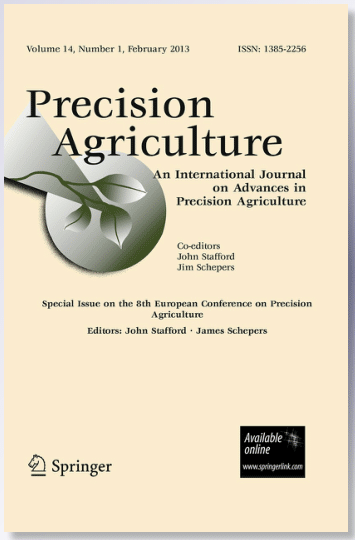Site-specific nitrogen management has been proposed as a tool to increase crop yield while decreasing nutrient losses to the environment. Many reports can be found on sensing technologies to quantify the variability within a field and the definition of management zones based on the observed variability. However, fewer studies have been dedicated to the selection of the most suitable N fertilizer management scenario: should more or less nutrients be applied in the zones with a lower crop productivity potential? To address this knowledge gap, nine Flemish maize fields were selected as potential candidates for precision fertilization based on the soil maps and historical vegetation index patterns. Within each field, two management zones were identified based on historical vegetation index patterns and electrical conductivity maps, and different fertilization strategies were tested in each zone. The field trial results in terms of yield and soil residual nitrate showed that site-specific N management outperforms the conventional practice only in the fields with temporally stable management zones. In the fields having differences in the physical soil properties (e.g. presence of stones or clay particles), affecting water availability, lower fertilization in zones with a poor soil productivity potential could be recommended. In the fields where the performance of the management zones changes from year to year mainly due to annual variation in precipitation, a risk of incorrect implementation of the precision fertilization concept was identified. Historical NDVI time series serve a good basis to delineate the temporally stable management zones.


